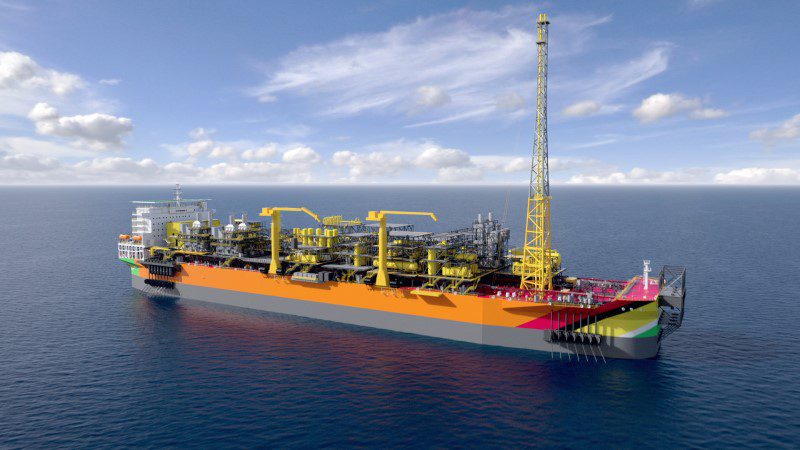The American Bureau of Shipping (ABS) has introduced new detailed requirements for greener offshore operations in its first sustainability guide targeting the global offshore industry.
ABS said the guide, developed by working with major offshore industry clients – like ExxonMobil, SBM Offshore and MODEC – is expanded with offshore asset compliance requirements.
The new ‘ABS Guide for Sustainability Notations’ focuses on topside functions on offshore assets, like emissions and discharge.
It also outlines how carbon reduction technologies such as zero-flaring and zero-methane slip policies can help assets to receive the SUSTAIN-2 notation.
The ABS-classed Liza Unity floating production vessel, for ExxonMobil second Stabroek Block project offshore Guyana, was the first ever to cop the SUSTAIN-1 notation, a certification of sustainability.
“The SUSTAIN-1 notation demonstrates the vessel’s alignment with key elements of the Environmental, Social and Governance (ESG) requirements outlined in the United Nations’ Sustainable Development Goals (SDGs),” ABS had said.
The Liza Unity was also recognised for being in alignment with key elements of the United Nations’ Sustainable Development Goals (SDGs).
It was also the first vessel delivered under SBM Offshore’s Fast4Ward® program with production capacity of approximately 220,000 barrels of oil per day.
And with 10 floating, production, storage and offloading vessels (FPSOs) envisioned to develop the oil and gas resources in the Stabroek Block, Exxon plans to ensure upcoming vessels follow Liza Unity’s sustainable design.
“As the leading class for offshore assets worldwide, ABS has a key role to play in supporting the industry through the energy transition. The revisions to the guide are a key component of that and an example of how together we can develop a more sustainable industry,” said Miguel Hernandez, ABS Senior Vice President, Global Offshore.
The ABS Guide for Sustainability Notations focuses on sustainability aspects of asset design, outfitting and layout that can be controlled, measured, and assessed. These include pollution and waste; coastal and marine ecosystems; energy efficiency and performance monitoring; low-carbon fuels; human-centred design; and asset recycling.



